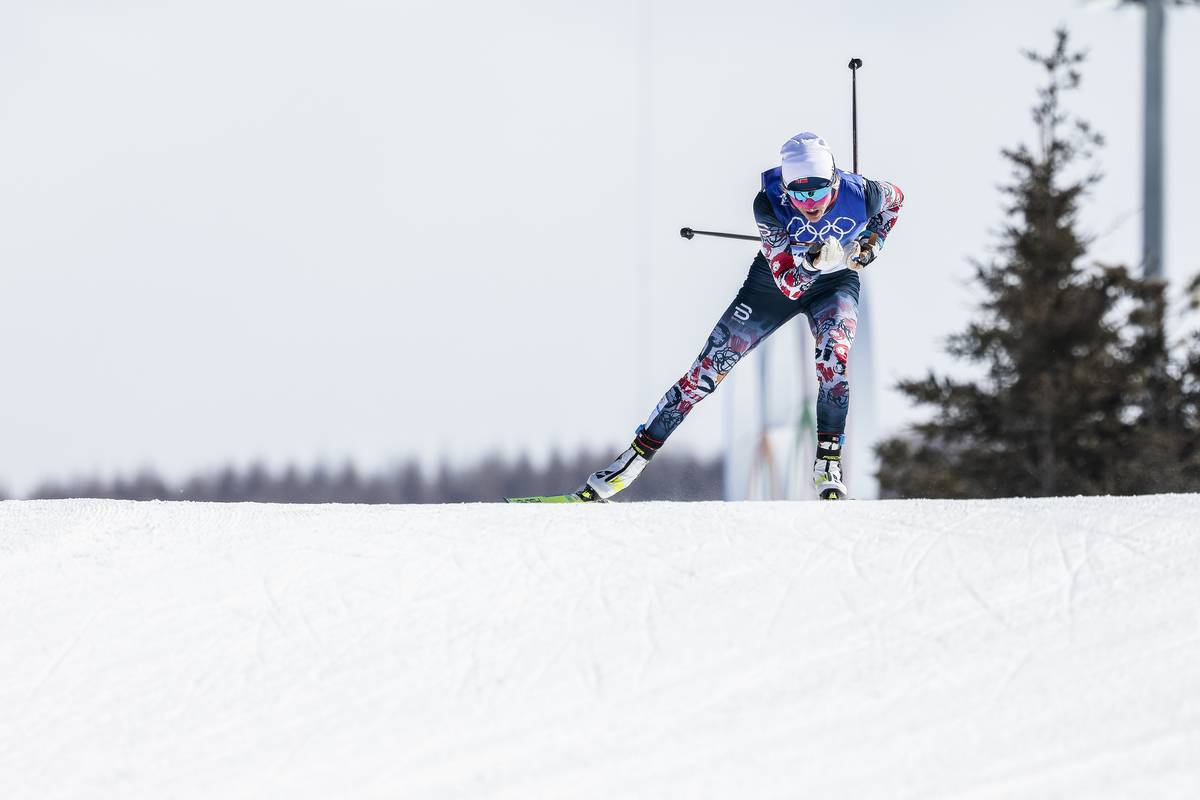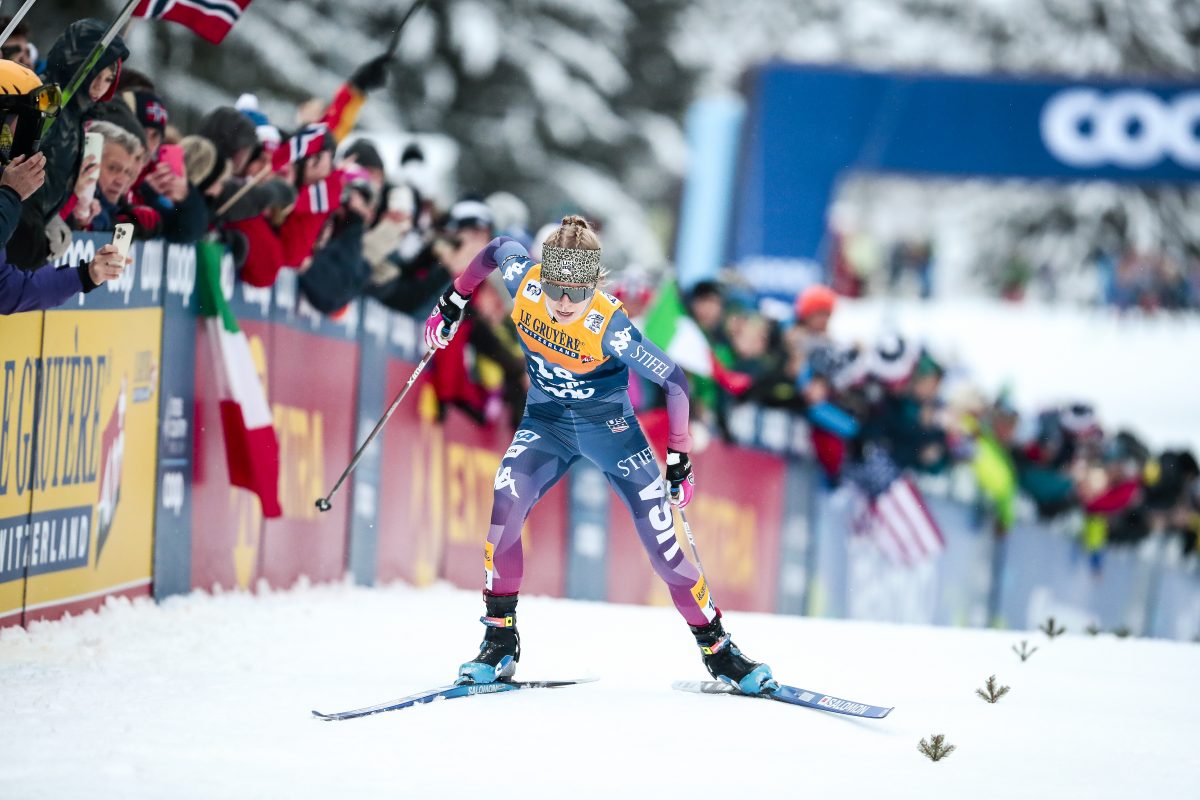Our two daughters, ages 8 and 12, participated at former NBA six-time All-star Lou Hudson's basketball camp in Park City last week. Hudson’s message in his opening speech was very clear:
“I’m not here to make you star basket ball players, but if you want to reach your potential and become good some day, work on fundamentals and drills.
 with lots of drills, fundamentals, games and competitions. Neither of our kids had ever been exposed to basketball before, but they enjoyed the approach and learned a lot.</p>
<p>The reason for me bringing this up is that Hudson pointed at the same importance of fundamentals as I have experienced throughout several decades coaching skiers.</p>
<p>I have learned that being good at fundamentals and being able to perform well in all types of exercises is an absolute must in order to ski technically well and race fast. The best time to learn this is from a young age of 8, 10, 14, 16 — it gets a lot tougher and takes more time as you get older.</p>
<p>So what fundamentals and type of exercises are we talking about?</p>
<p>It starts with repetitions of simple body-weight exercises, focusing on good technique in each exercise: sit-ups, push-ups, chin-up, triceps-press, dips and so on.</p>
<p>Then it is important to be able to run in a natural way – relaxed but with proper technique. You should also work on explosive movements: jump on one and two legs, accelerate and sprint in running.</p>
<p>Following this is learning to “look like a skier†in specific cross country ski drills on foot: ski walking, ski-bounding, dryland skate imitation exercises. Then these motions are tranferred to snow by skiing without poles, skiing with good weight shift, gliding well, and being able to balance on one ski.</p>
<p>The general idea here is to start with simple movements that we are all familiar with (walking, sit ups, etc.) and repeat them over an over, while gradually adding new movements to make the exercise more ski specific. As with all drills, the key is repetition of the movements using proper technique.</p>
<p>Here are some examples of skiers I have worked with who improved a lot when certain fundamentals “clicked.â€</p>
<p>Dan Simoneau:<br />
In the fall of 1987 I told Dan that his hill bounding looked “World Classâ€. Dan won both classic races (by a solid margin) at the 1988 Olympic-tryouts that year and placed 21st in the 15-kilometer the Olympics</p>
<p>Nancy Fiddler:<br />
Nancy started her career very late, but worked hard on all types of drills. She became very good at the classic dryland drills and ended up with 15 National Championship titles and top 20 World Cup results.</p>
<p>Leslie Thompson:<br />
Had a very tough time learning to skate when skating came on the scene in the eighties, but went from being “worst†in skate drills to “best†after lots of hard work. Numerous hours spent on the drills gave her one of the best V1 techniques of her time (my opinion), and 13 National Championships and top 20 World Cup results.</p>
<p>Luke Bodensteiner:<br />
Luke had not spent much time running as a junior and (partly for that reason) did not have a good sprint in a mass-start race. When Luke spent some time on the track and improved his 400 meter from 64 to 56 seconds he was suddenly a lot harder to beat in the finish sprint and won several such races.</p>
<p>Justin Wadsworth and Ben Husaby<br />
Both were good at all techniques. You could have guessed that when you saw them bounding, jumping, running and skiing without poles. It looked easy and natural. They did something right as kids and young juniors and continued with fundamentals as adults.</p>
<p>Beckie Scott<br />
Beckie had good guidance as a young skier, did many sports and included most every common specific dryland and rollerski drill in her adult training program. Never stopped working on her weaknesses and became good at every technique and any distance. It paid off.</p>
<p>So coaches and skiers, what are you waiting for? Get going on the fundamentals!</p>
</div></div><!-- /btArticleContentInnerInner --><section class=)



